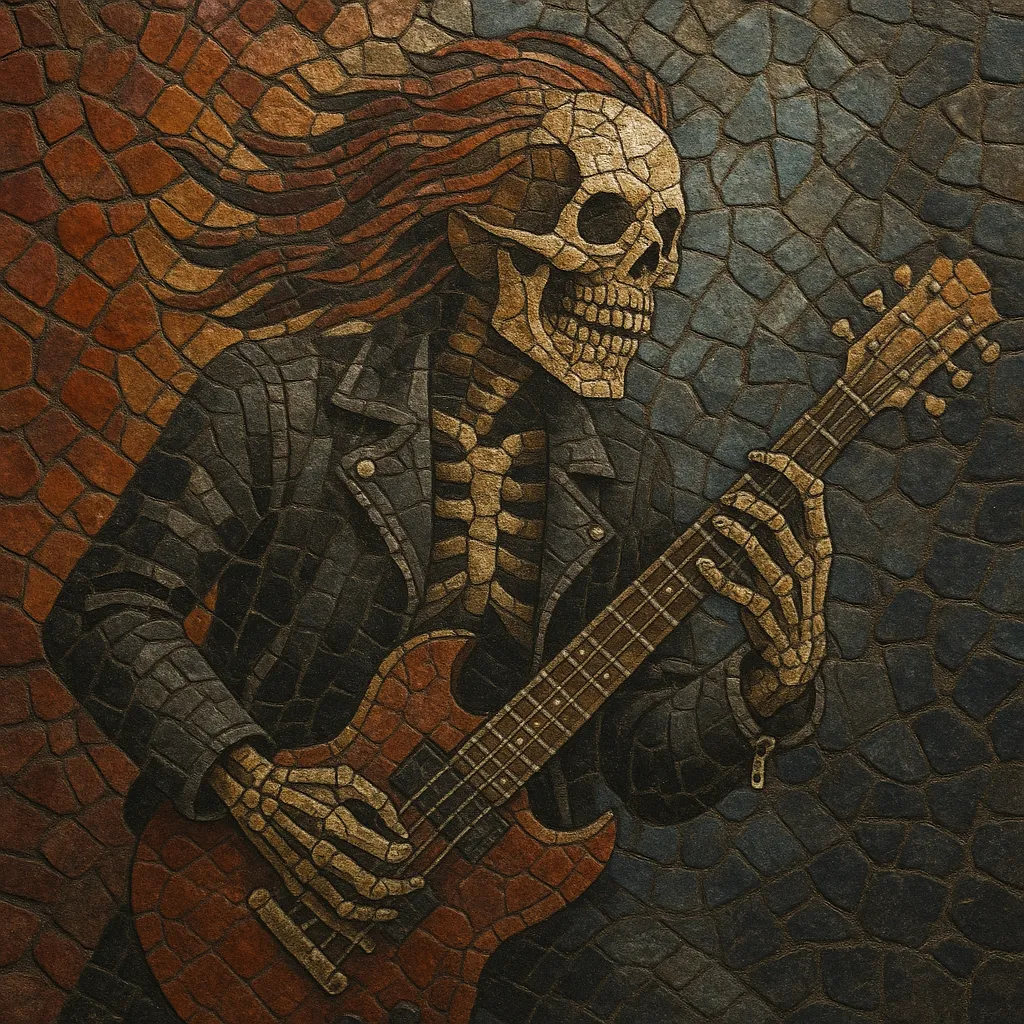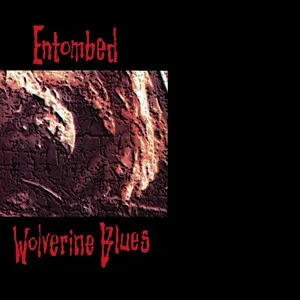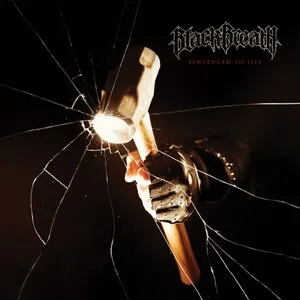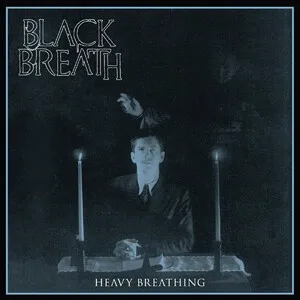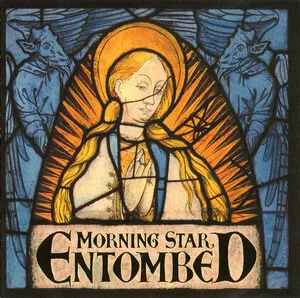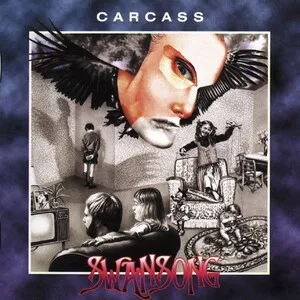Death 'n' roll is a hybrid of death metal and classic rock 'n' roll/hard rock that swaps perpetual blast-beats for a hard-grooving backbeat and hooks. It keeps the down-tuned weight, distortion density, and harsh vocals of death metal, but drives them with swaggering, bluesy riffs and verse–chorus songcraft.
The style favors mid-tempo stomps, pentatonic-leaning licks, and a gritty, overdriven production aesthetic, often associated with the Swedish HM-2 “buzzsaw” guitar sound. Lyrical themes tend to shift from gore-drenched extremity toward streetwise outlaw imagery, hedonism, and dark humor, while still retaining a feral intensity.
Death 'n' roll coalesced in the early 1990s, with Sweden generally cited as ground zero. Entombed’s Wolverine Blues (1993) crystallized the idea: the band retained death metal’s HM-2-saturated heft but pivoted to rock 'n' roll swing, fat mid-tempos, and singable hooks. In parallel, Finland’s Xysma and Austria’s Pungent Stench were moving from extreme sounds toward dirt-caked, bluesy riffing and straightforward song forms.
By the mid-1990s, several high-profile acts tested the blend. The Netherlands’ Gorefest leaned hard into it on Soul Survivor (1996) and Chapter 13 (1998). UK pioneers Carcass tempered their technical edge with rock-savvy grooves on Swansong (1996), while the US band Six Feet Under offered a simpler, riff-first, groove-laden variant. The term “death 'n' roll” gained traction to distinguish these bands from pure death metal.
After its 1990s peak, the style persisted as a recurring flavor rather than a dominant movement. Entombed splintered into Entombed A.D., keeping the swagger alive into the 2010s. Germany’s Debauchery and others further codified the sound. Although never the largest branch of death metal, death 'n' roll left a durable imprint on how extreme metal can interface with classic rock energy, inspiring occasional returns to gritty, hook-forward songwriting inside heavier scenes.

